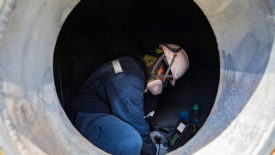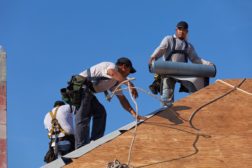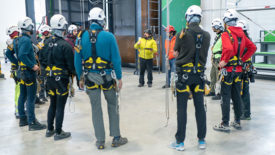Home » Keywords: » OSHA
Items Tagged with 'OSHA'
ARTICLES
What’s your confined space rescue plan?
Plan ahead to mitigate a cocktail of dangers
April 18, 2024
OSHA issues final rule to clarify rights to employee representation during inspections
The rule clarifies how workers can choose their walk-around representatives
March 29, 2024
EVENTS
Webinar Sponsored Webinars
8/22/23 to 8/22/24
Contact: Amy Jackson
OSHA’s First Aid Requirements: FAQs - Answered
Get our new eMagazine delivered to your inbox every month.
Stay in the know on the latest safety trends.
SUBSCRIBE TODAYCopyright ©2024. All Rights Reserved BNP Media.
Design, CMS, Hosting & Web Development :: ePublishing











